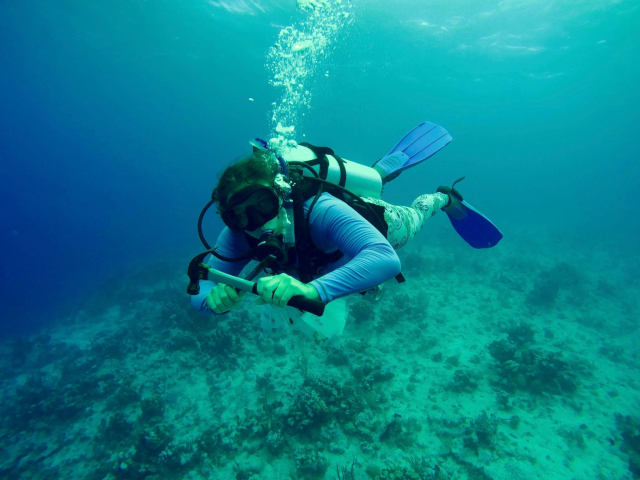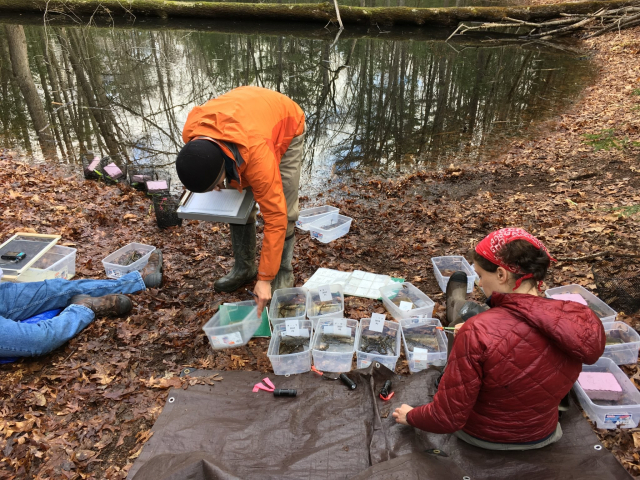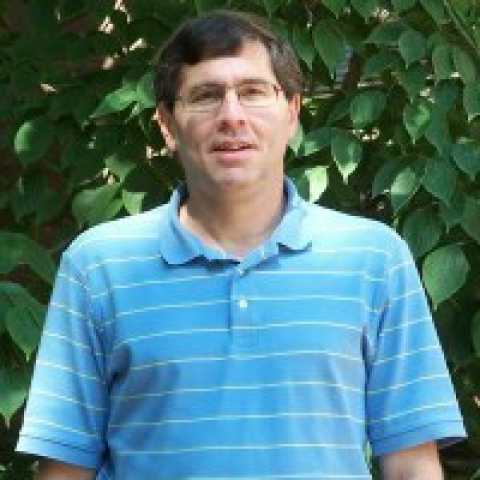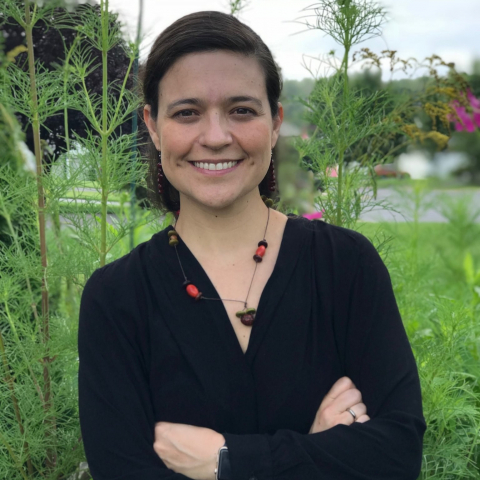Rapid Evolutionary Change
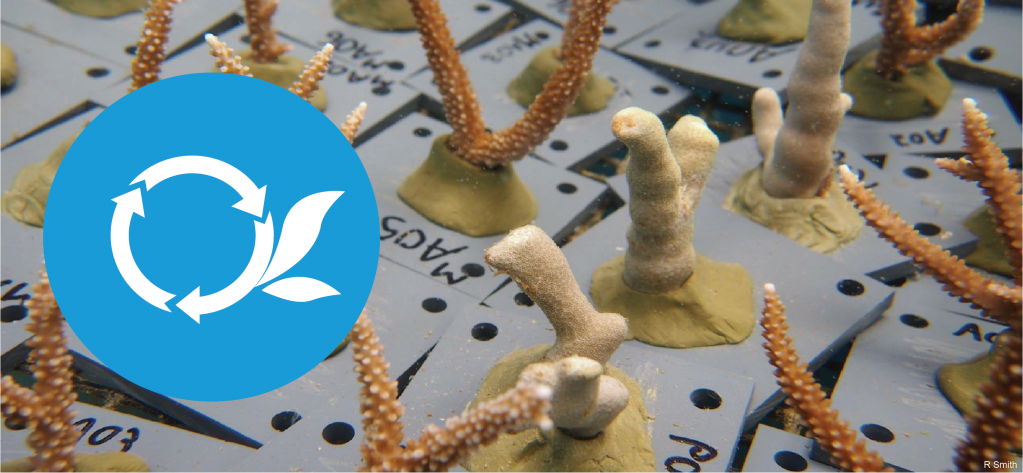
How do ecology and evolution intersect to cause genetically-based changes in organisms in response to environmental disruptions including pollutants, toxins and antimicrobial agents?
RECENT PUBLICATIONS:
JUNE 1, 2019
The impact of flow and physical enrichment on preferences in zebrafish
Depasquale, O. C., Fettrow, S., Sturgill, J., & Braithwaite-Read, V. A.
JUNE 1, 2019
Animal movements in fire-prone landscapes
Nimmo, D. G., Avitabile, S., Banks, S. C., Bliege Bird, R., Callister, K., Clarke, M. F., ... Bennett, A. F.
APRIL, 2019
Leites, L. P., Rehfeldt, G. E., & Steiner, K. C.
FEBRUARY 26, 2019
Aversion learning in response to an invasive venomous prey depends on stimulus strength
Venable, C. P., Adams, T., & Langkilde, T. L.
FEBRUARY 2, 2019
The Inherent Conflicts in Developing Soil Microbial Inoculants
Kaminsky, L. M., Trexler, R. V., Malik, R. J., Hockett, K., & Bell, T.
JANUARY 1, 2019
Chan, A. N., Lewis, C. L., Neely, K. L., & Baums, I. B.
FACULTY IN RAPID EVOLUTIONARY CHANGE:
Tracy Langkilde
Penn State Interim Executive Vice President and Provost; Dean of the Eberly College of Science; Professor of Biology
The interface of ecology and evolution to understand how an organism's traits are matched to its environment and responds to novel selective pressures imposed by global environmental change, and the consequences of this adaptation.
Margarita Lopez-Uribe
Associate Professor of Entomology
How environmental change and human management shape bee health and long-term persistence of their populations in agricultural areas.
